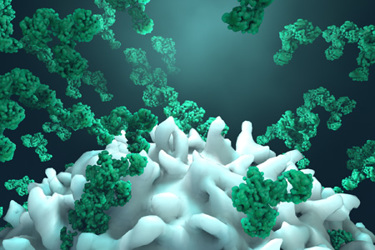Immunohistochemistry (IHC) Handbook

Immunohistochemistry (IHC) and immunocytochemistry (ICC) are techniques that use antibodies to detect antigens and provide semi-quantitative data about target protein expression, distribution, and localization. Both IHC and ICC are dependent on specific epitope-antibody interactions, but IHC refers to the use of tissue sections whereas ICC is performed on cultured cells or a cell suspension. In both of these methods, positive marker staining is visualized via a molecular label, which can be chromogenic (enzymatic) or fluorescent. The most challenging aspect of IHC is determining and optimizing the experimental conditions required to generate a strong and specific signal for each antigen of interest. While the technique is relatively straightforward in principle, there are many variables to consider in a given experiment.
For example, visualization of an abundant protein in formalin-fixed tissue will likely require antigen retrieval and may be compatible with direct detection using a fluorochrome-conjugated primary antibody. In contrast, detection of a phosphorylation-dependent epitope in a section of frozen tissue may require signal amplification and additional blocking steps.
In this handbook you'll learn more about IHC workflow, visual workflow, troubleshooting, and basic buffer and reagent recipes.
Get unlimited access to:
Enter your credentials below to log in. Not yet a member of Cell & Gene? Subscribe today.
